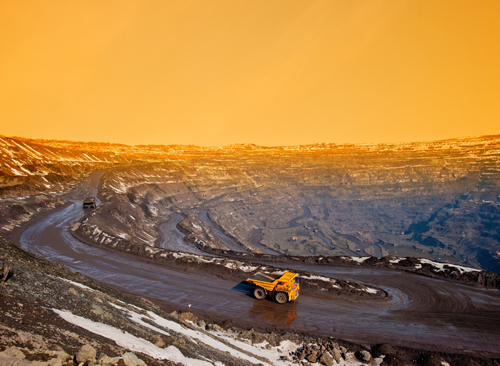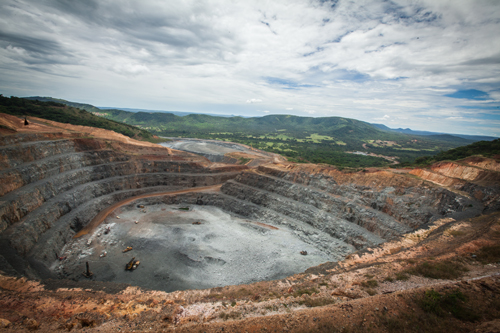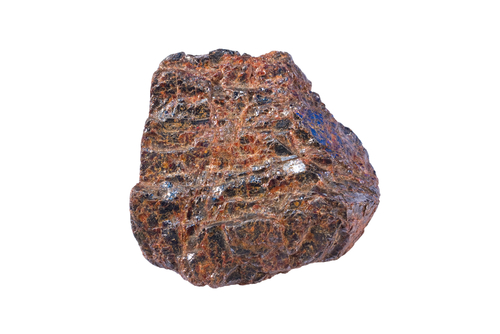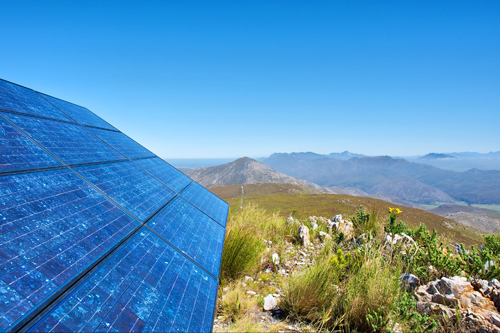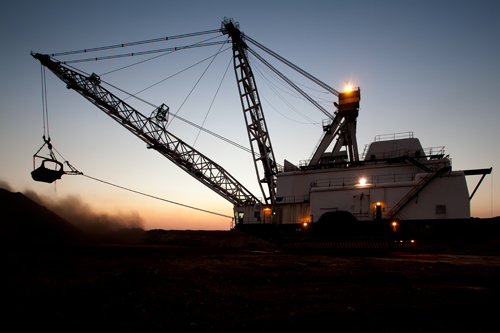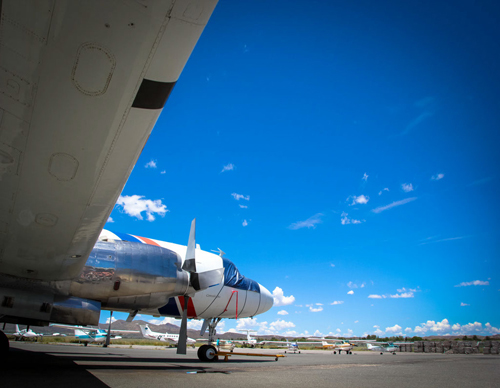
Sharing its borders with the Kalahari Desert and the South Atlantic Ocean, Namibia is one of the youngest countries in Africa and as such enjoys vast potential for future prosperity. Since gaining independence in March 1990, Namibia has successful transitioned into a multiparty democracy with an estimated annual GDP per capita of $5,828.
DOWNLOAD
 NAC-Africa-T&L-Nov13-Bro-s.pdf
NAC-Africa-T&L-Nov13-Bro-s.pdf




